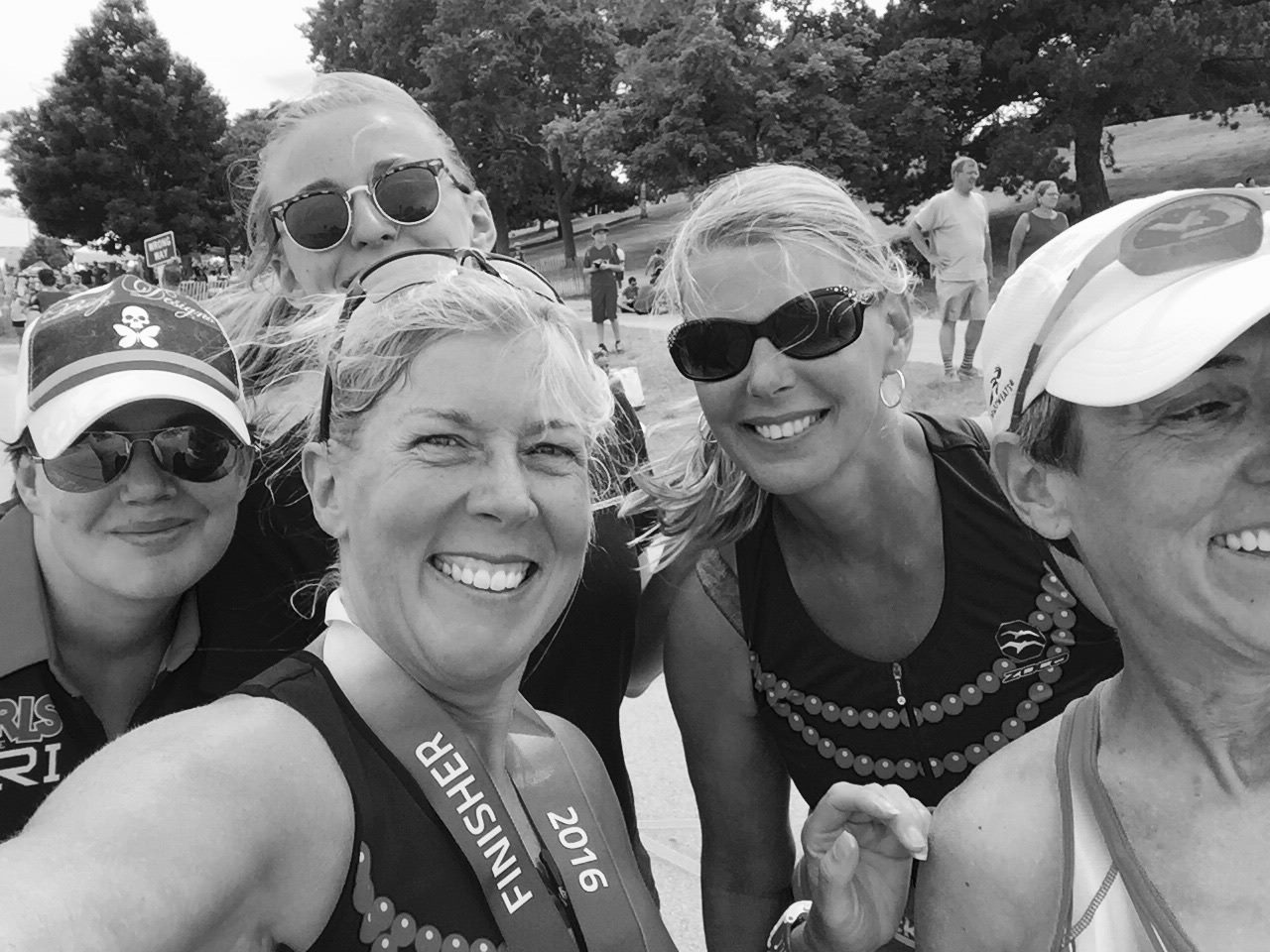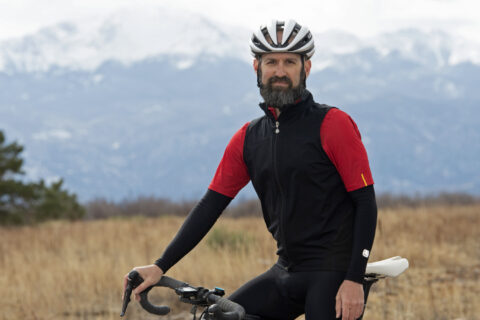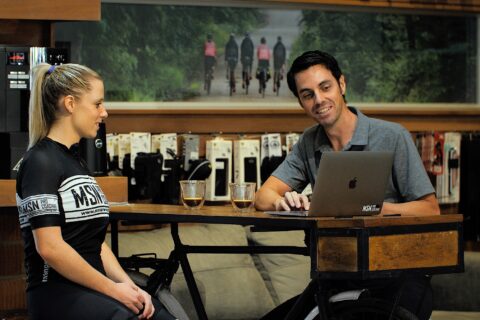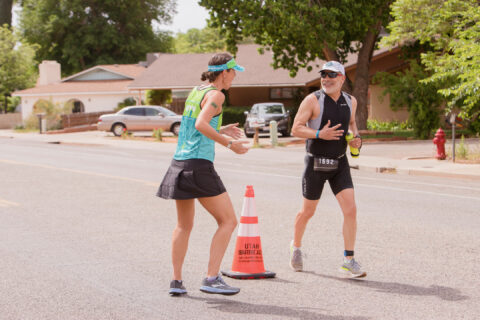By coaching athletes of all levels and aspirations, Christine Schirtzinger has learned how to build a better business—and be a better coach.
By coaching athletes of all levels and aspirations, Christine Schirtzinger has learned how to build a better business—and be a better coach.





